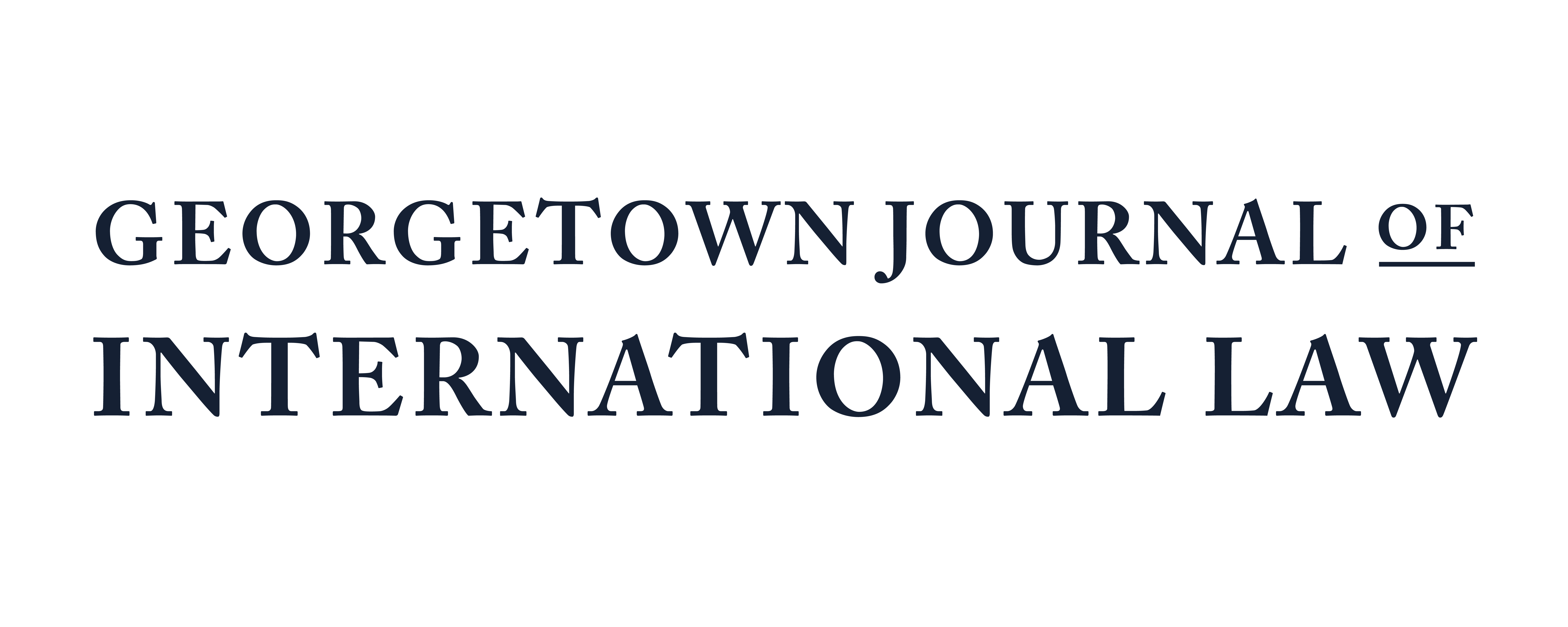The African Continental Free Trade Area (AFCFTA): Boosting Intra-Africa Trade
One of the objectives of the Organization of African Unity (OAU) was the establishment of an integrated market in Africa. Later, the vision of an integrated market was codified in the Abuja Treaty, which set out a roadmap for Africa’s integration, culminating in a single market in Africa. The Agreement Establishing the African Continental Free Trade Area (AfCFTA) has been signed by 54 countries and has been ratified by 28 countries, thereby entering into force on May 30, 2019. With the entry into force of the AfCFTA, Africa has taken a significant step towards meeting the vision of an integrated market.
At the moment, intra-Africa trade stands at 18%, with most of that trade being in agricultural products. Africa’s low rate of internal trade is attributable to limited industrial and manufacturing capacity, leading to lack of specialization in exports. In general, Africa’s economy is characterized by market fragmentation, small national economies, overreliance on the export of primary commodities, a narrow export base, and high regulatory and tariff barriers to intra-Africa trade. The result is a very low percentage of intra-Africa trade, and a significant reliance on the export of primary commodities to the traditional markets of the north.
Continue reading The African Continental Free Trade Area (AFCFTA): Boosting Intra-Africa Trade
Subscribe to GJIL
